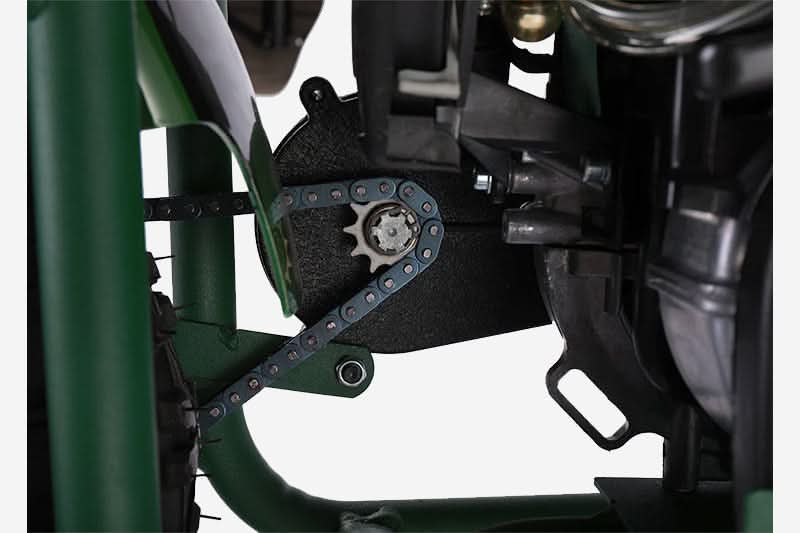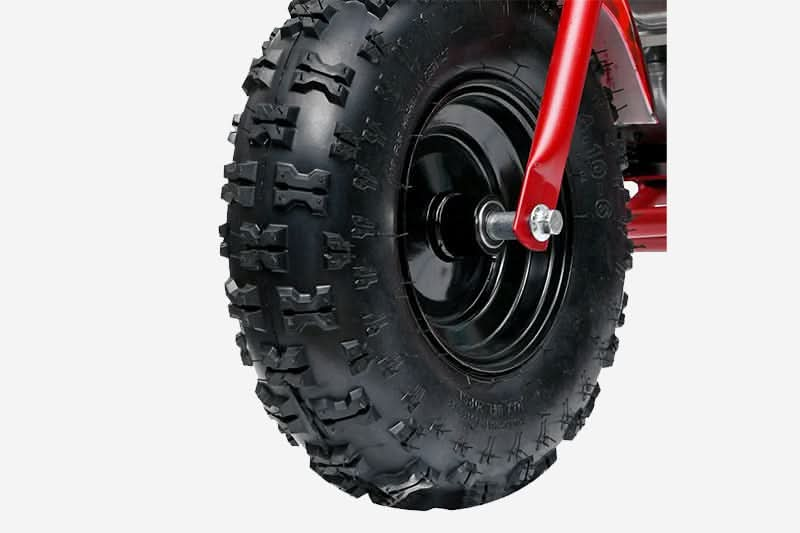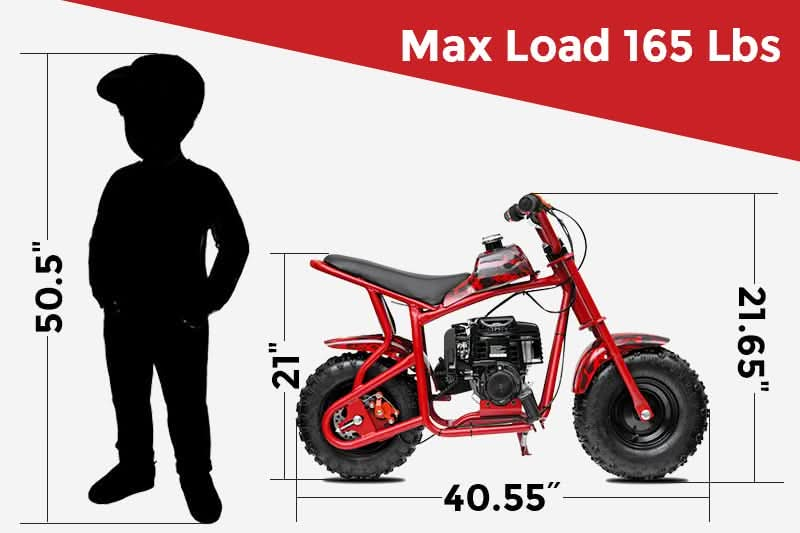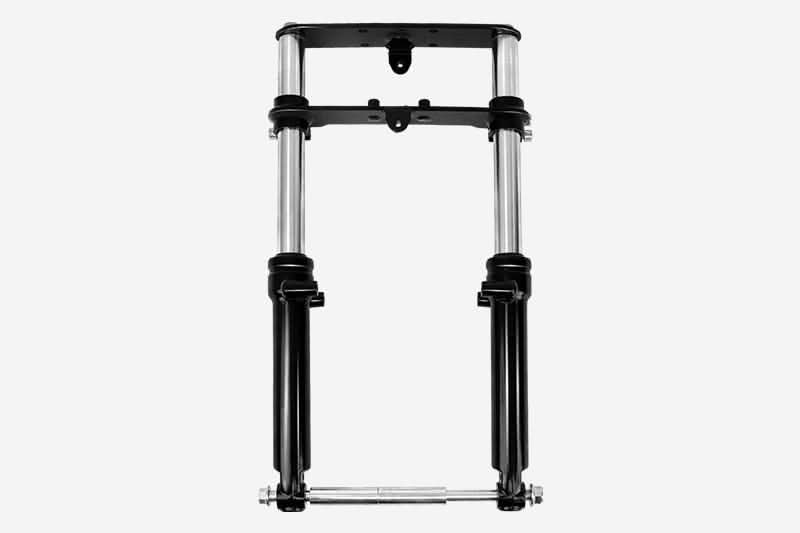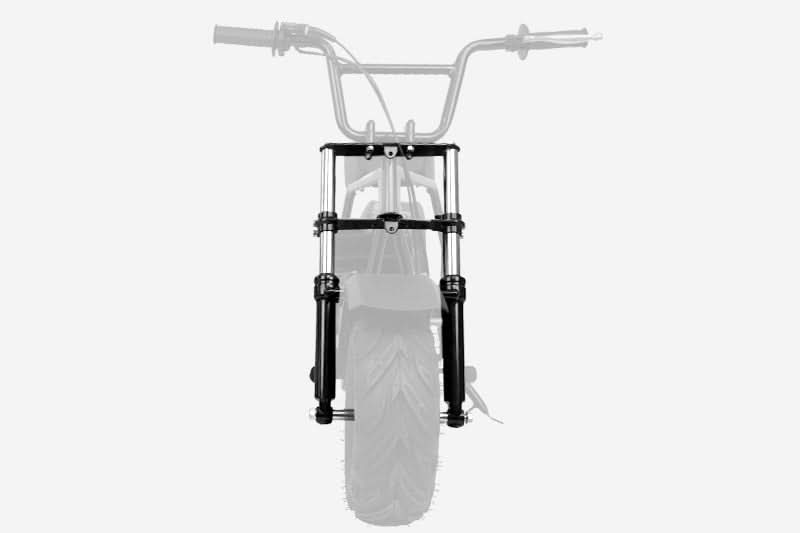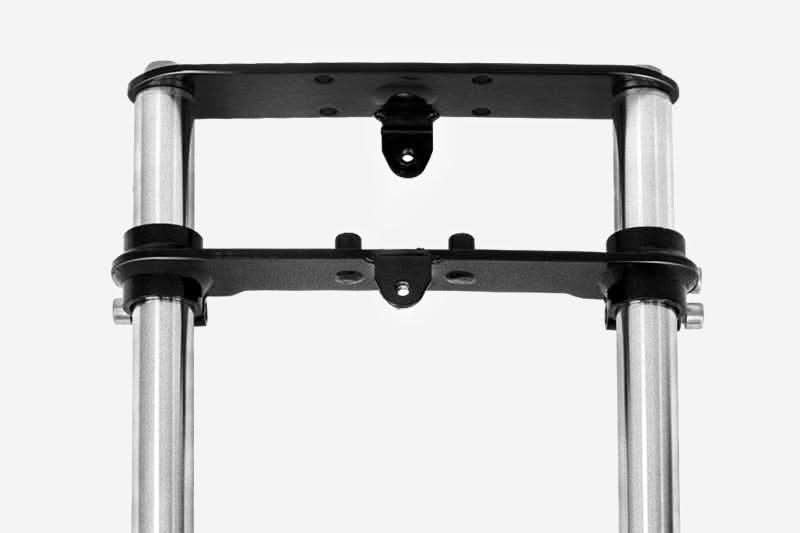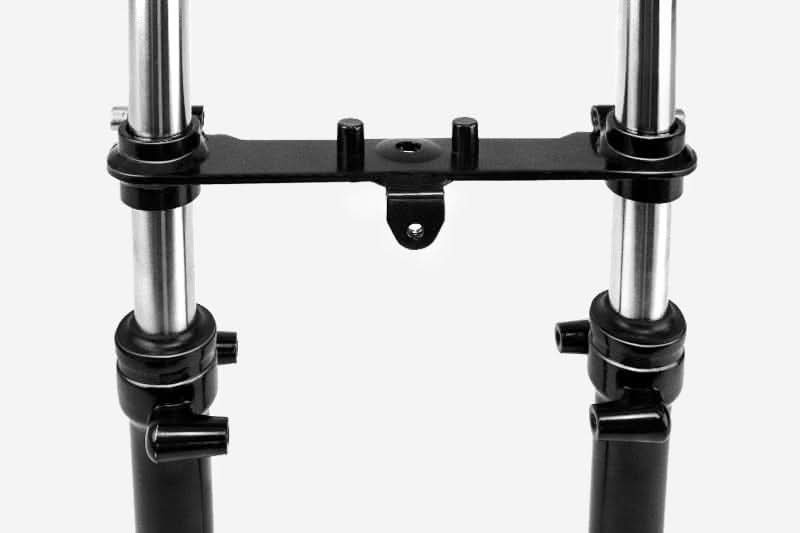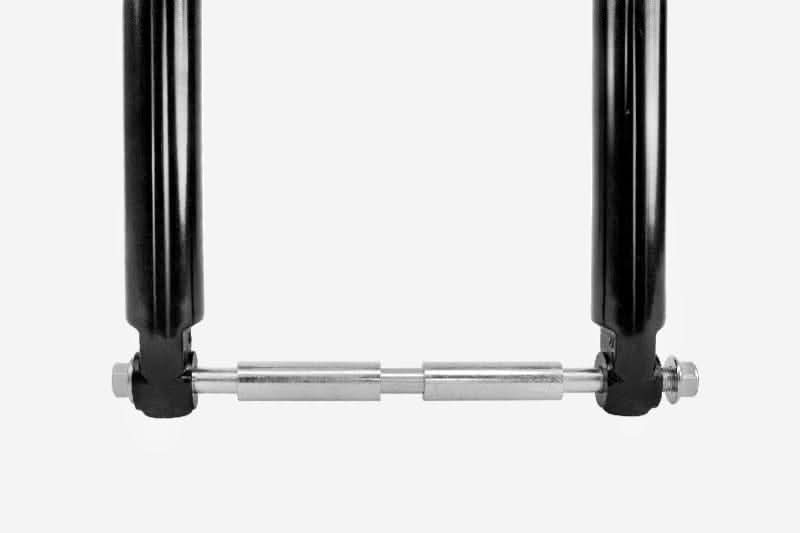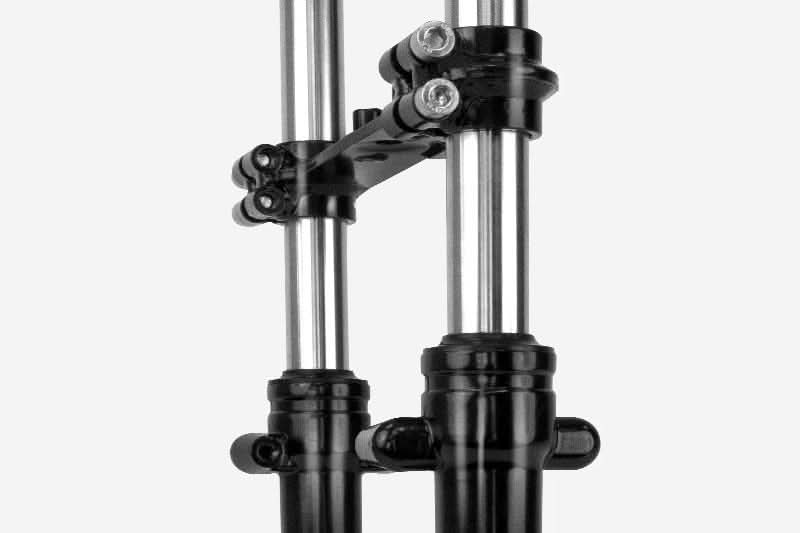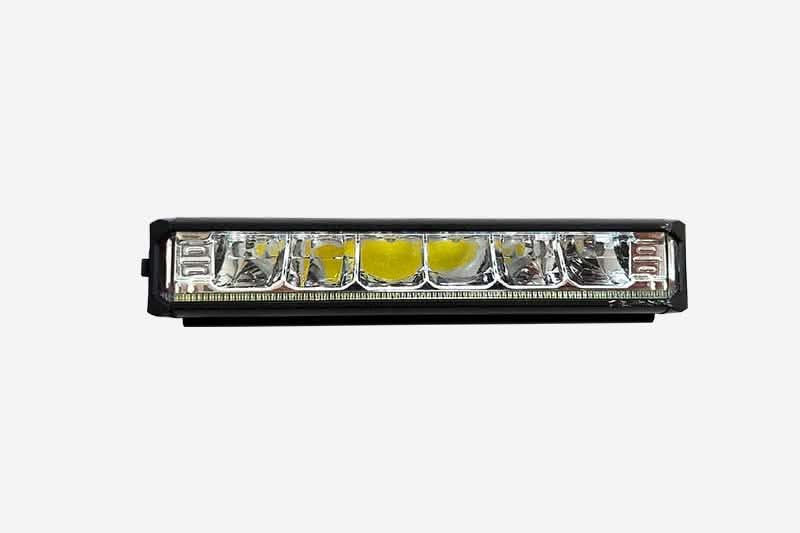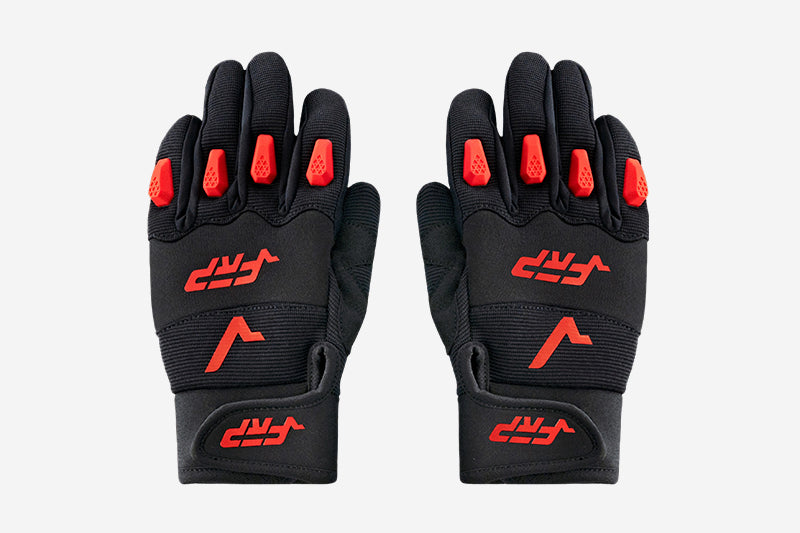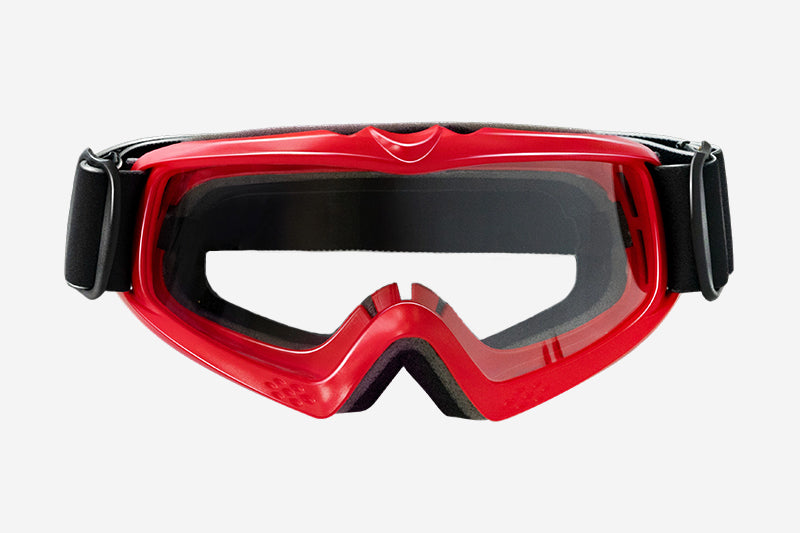Step-by-Step Guide: Teaching Your Child to Safely Ride a Mini Quad
Getting your child started with a mini quad is exciting. It opens up new adventures, builds confidence, and teaches responsibility. But riding isn’t just fun—it requires care and training.
A proper teaching method makes a big difference. It helps your child feel secure. It also reduces the risk of accidents. With a safe start, they can build strong riding habits.
This complete guide will walk you through each step. You’ll learn how to introduce your child to safe and smart kids quad riding. From the first moment to independent trail rides, you’ll be prepared.
Preparation Before the First Ride
Before the engine starts, you need to prepare well. The goal is safety, comfort, and control.
Safety Gear
Start by choosing certified gear. A full-face helmet is a must. It protects the head and face. Gloves protect hands and improve grip. Goggles keep dust and dirt out of their eyes.
Add long sleeves, pants, and high boots. These protect skin in case of a fall. FRP Moto offers kids riding gear built for comfort and durability. Always check that the gear fits properly—not too tight or too loose.
Choosing the Right Space
Pick a learning area that’s wide, flat, and away from traffic. Avoid places with trees, fences, or rocks. This helps your child focus without distractions.
If possible, start on dry grass or dirt. These surfaces give better traction for beginners learning on kids gas ATV models.
Weather and Terrain
Ride on dry days. Wet surfaces can cause sliding or loss of control. Check the area for soft spots, deep ruts, or steep slopes. Teach your child how to spot unsafe spots before riding.
Inspect the Mini Quad
Before each ride, do a quick check of the kids quad gas vehicle. Make sure the brakes work well. Test the throttle for smooth control. Confirm the tires are firm and secure.
Look for any loose parts, leaks, or sharp edges. If you use FRP Moto's 40cc gas ATVs, check the fuel level and ensure the choke works correctly. These models are built for ages 8–14 and provide controlled power for safe learning.
Set a Positive Learning Mindset
Let your child know it’s okay to take it slow. Don’t expect them to master everything in one day. Use hand signals to guide them.
Create a calm environment. Encourage questions. Praise effort, not speed. Learning ATV for kids riding is about confidence, not just control.

First Contact: Familiarization
Once everything is ready, it’s time to get familiar with the machine.
Know the Vehicle
Walk around the kids quad gas vehicle together. Show your child the throttle, brakes, foot pegs, and kill switch. Explain how each part works. Let them touch and test the controls with the engine off.
Teach them how to sit properly. Back straight, hands on handlebars, feet on the pegs. This builds good posture from the start.
Build Comfort
Explain how the throttle controls speed. Show how light pressure changes the pace. Demonstrate how to press and release the brake smoothly. Let them ask questions freely.
Point out safety features like the tether kill switch. Some kids' gas ATVs, like models from FRP Moto, come with remote engine shut-offs for parents. These features add peace of mind during practice.
Understanding the vehicle first makes kids quad riding less scary and more fun.
Starting and Stopping Mastery
Starting and stopping are key to safety. Begin here before moving forward.
Start-Up and Stop
Show the correct way to turn the ignition. Help them find the brake before they start the engine. Use the kill switch often during practice to make it a habit.
Start on level ground. Ask them to apply light throttle and release slowly. Make sure they can stop without jerking.
Practice Drills
Try these drills:
● Start and stop without moving
● Apply throttle in neutral and then stop
● Ride forward 10 feet, stop, repeat
Use clear voice commands or hand signals. Keep sessions short to avoid fatigue. Repetition builds muscle memory and safe instincts for ATV for kids users.
Basic Movement and Control
Once stopping feels easy, it’s time to ride small distances.
Control While Riding
Teach your child to ride in a straight line at walking speed. Let them feel how throttle pressure changes speed. Introduce gentle braking to stop smoothly.
Teach throttle modulation. Let them try different speeds with small pressure changes. Show how to return to idle slowly to avoid jolts.

Add Simple Drills
Turn learning into fun. Use cones or sticks to set up:
● Follow-the-leader lines
● Stop-start races
● Slow speed balance drills
These games help with direction, speed control, and reaction. They make kids quad riding more enjoyable while boosting skill.
Turning and Steering Skills
Turning adds a new layer of skill.
Teach Turning Basics
Start by showing how to lean slightly into the turn. Keep the body relaxed. Look in the direction they want to go.
Shift weight smoothly and avoid jerky movements. Slow down before turning. Never turn at high speed.
Turning Practice
At first, use wide turns. Ask your child to ride in large circles. Then, switch directions. Next, try figure-eights. Add cones for tighter turns.
This builds steering accuracy and teaches how to control speed during curves.
Turning is where the FRP Moto 40cc kids gas ATV shines. It’s light and compact—great for kids learning steering control.
Terrain Navigation Fundamentals
After basic riding comes terrain learning.
Riding on Different Surfaces
Start with small slopes. Go uphill slowly and down with light brakes. Show how to stand slightly when crossing bumps.
Look for shallow ruts and mild uneven ground. Practice riding across them slowly. Never rush over unfamiliar areas.
Teach Body Positioning
Explain how leaning forward helps uphill rides. Leaning back improves control downhill. Bend the knees to absorb shocks.
Keeping proper balance on bumps helps avoid tipping. These techniques make riding smoother and safer.
For these challenges, the ATV for kids must be reliable. FRP Moto’s frames are reinforced for stability on uneven ground.
Building Confidence Through Progressive Challenges
Progress happens step by step.
Set Goals
Make goals like:
● 10 minutes of riding without stopping
● Riding a full circle course
● Controlling turns at slow speed
Keep challenges age-appropriate and safe. Play games that involve small skill tests. This keeps your child interested and learning.
Handling Falls
If your child tips over or stops suddenly, stay calm. Help them up. Praise them for trying. Then review what went wrong.
Teach them how to stop the engine and move away safely. This builds confidence even in tough moments.
The goal of kids quad gas training is not perfection—it’s progress.
Advanced Skills and Independent Riding
Once basic skills are strong, your child can ride more freely.
Safe Solo Riding
Start with supervised trails. Use walkie-talkies or follow behind on foot. Go over riding rules—stay slow, stay alert, and stop if unsure.
FRP Moto gas ATVs for ages 8 to 14 offer just enough power without being too fast. Their size fits growing riders while staying manageable.
Teach New Techniques
Introduce longer riding sessions. Try riding over small obstacles like roots or gravel. Show how to slow down before rough spots.
Teach trail signs, hand signals, and what to do in an emergency. Let them lead short rides. This builds trust and independence.
With practice, kids gas ATV riders become smart and confident.
Conclusion
Teaching your child to ride a mini quad safely is a process. With the right gear, space, and support, you’ll help them build skills for life.
Use trusted tools like FRP Moto’s 40cc ATV for kids. Their models are designed for young riders—safe, easy to control, and packed with smart safety features.
As your child learns, keep the focus on safety and fun. Offer praise often, stay patient, and encourage growth at your child's pace.
For more gear, training tips, and the best kids gas ATVs, visit FRP Moto. Help your child enjoy every ride—and ride smart, every time.








































